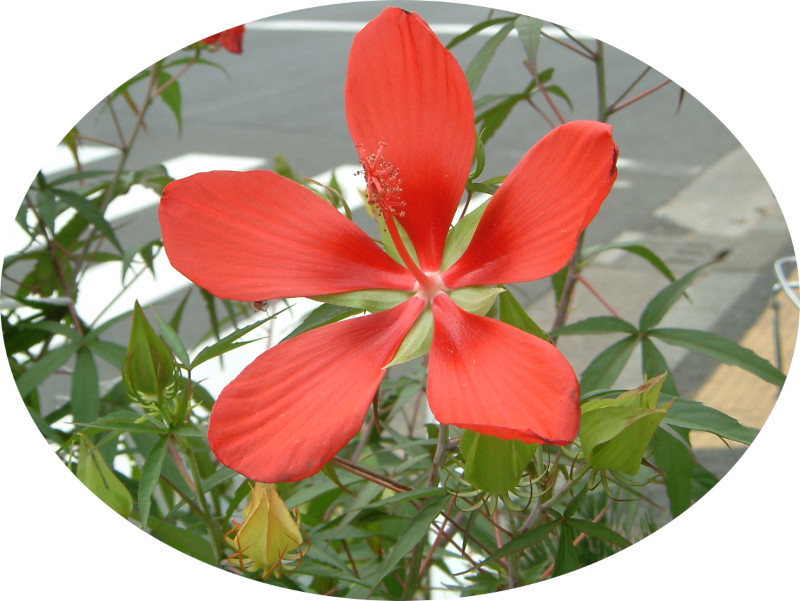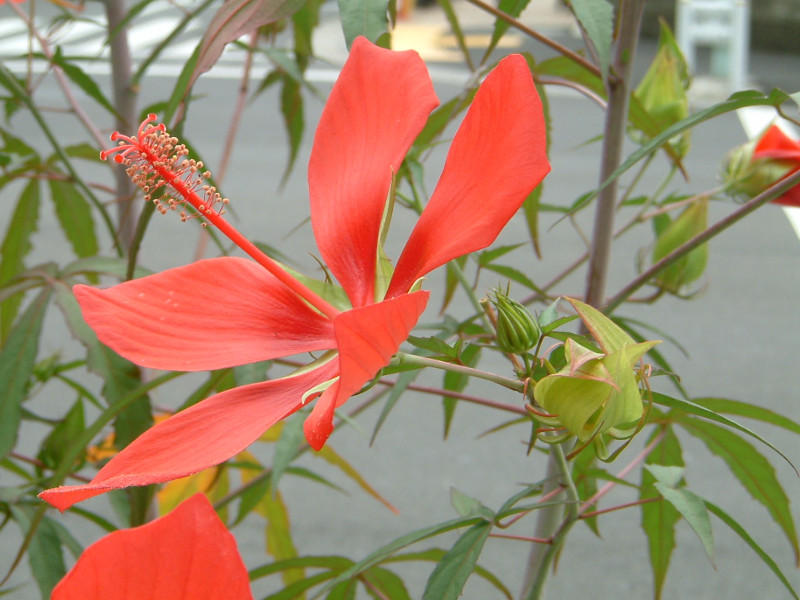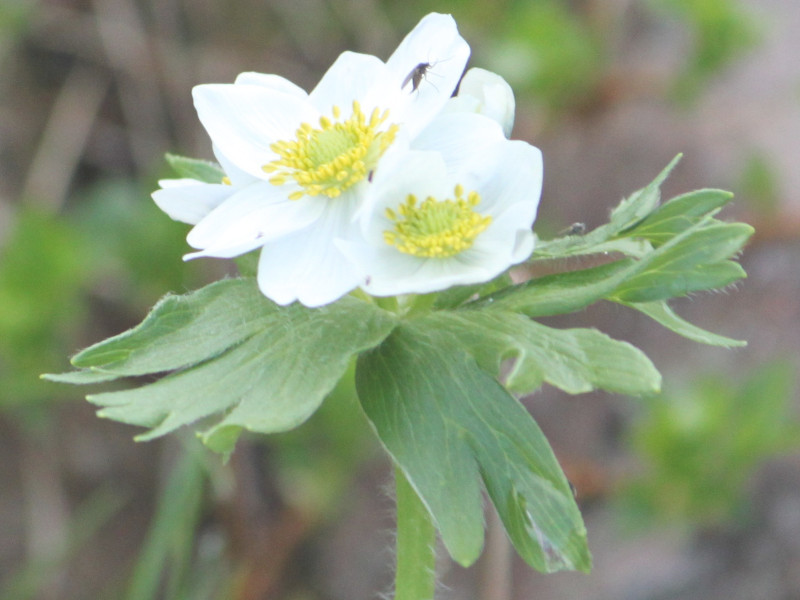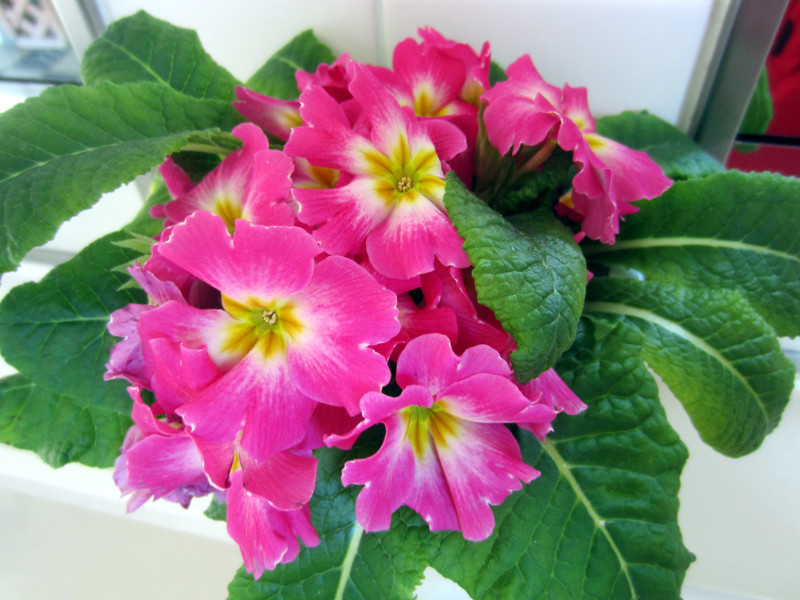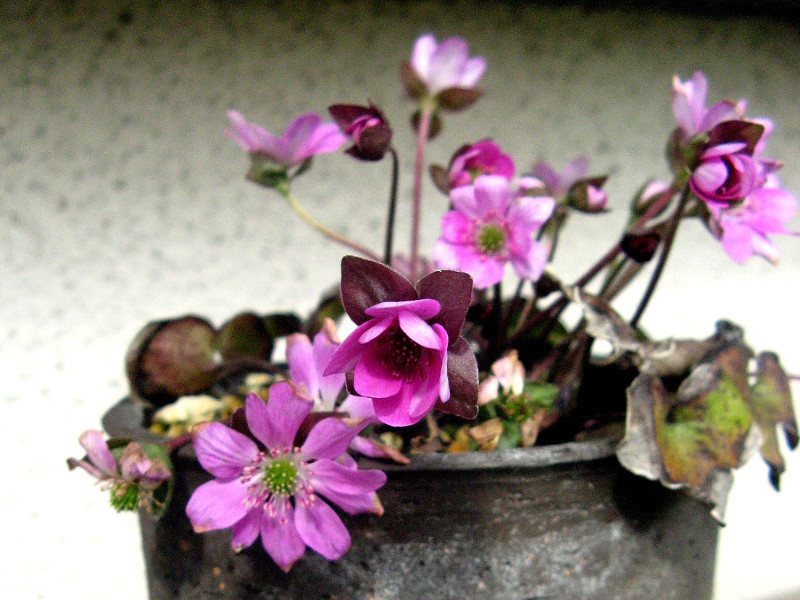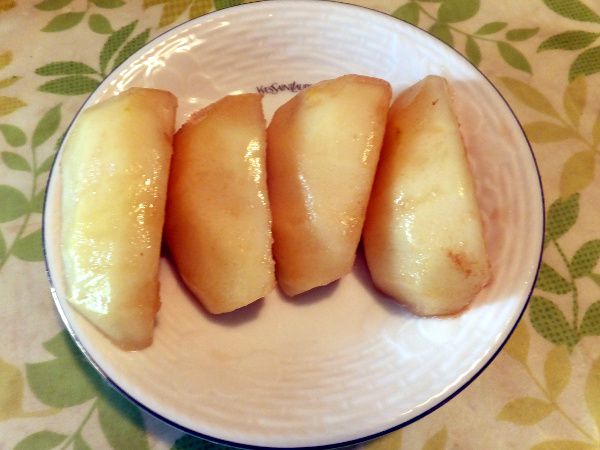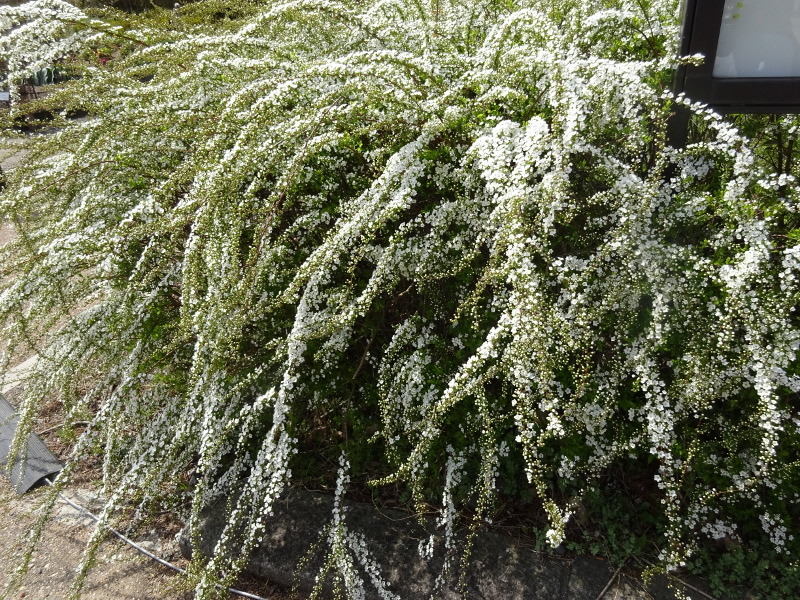Hibiscus coccineus
- Flower nameHibiscus coccineus
- Scientific nameHibiscus coccineus
- Alias紅蜀葵
- Place of origineastern North America
- Place of floweringGarden, Botanical Gardens, Potted flower
- Flowering seasonJuly, August, September
What is Hibiscus coccineus
Hibiscus coccineus (scientific name: Hibiscus coccineus), native to eastern North America, is a perennial herb (lodging plant) in the family Malvaceae that produces large, single, bright red flowers from summer to fall. The plant is large, with a height of 100 to 200 cm. The petals open flat, and the conjoined stamens and pistils are similar to those of the hibiscus (scientific name: Hibiscus rosa-sinensis, Hibiscus hybrids). It is a one-day flower, opening in the morning and wilting at night.
Common name: Hibiscus coccineus, scientific name: Hibiscus coccineus, also known as "red hollyhock" aka:scarlet rosemallow, or scarlet rosemallow , origin: eastern North America, height: 100 to 200 cm, petiole: long, leaf shape Leaf shape: palmate with 3 to 7 deep lobes, leaf width: 12 to 15 cm, leaf margin: serrate, inflorescence: alternate, flowering site: leaf axils, flowering season: July to September, flower color: red, flower diameter: 10 to 20 cm, number of petals: 5, petal shape: narrowly ovate, fruit type: capsule.
